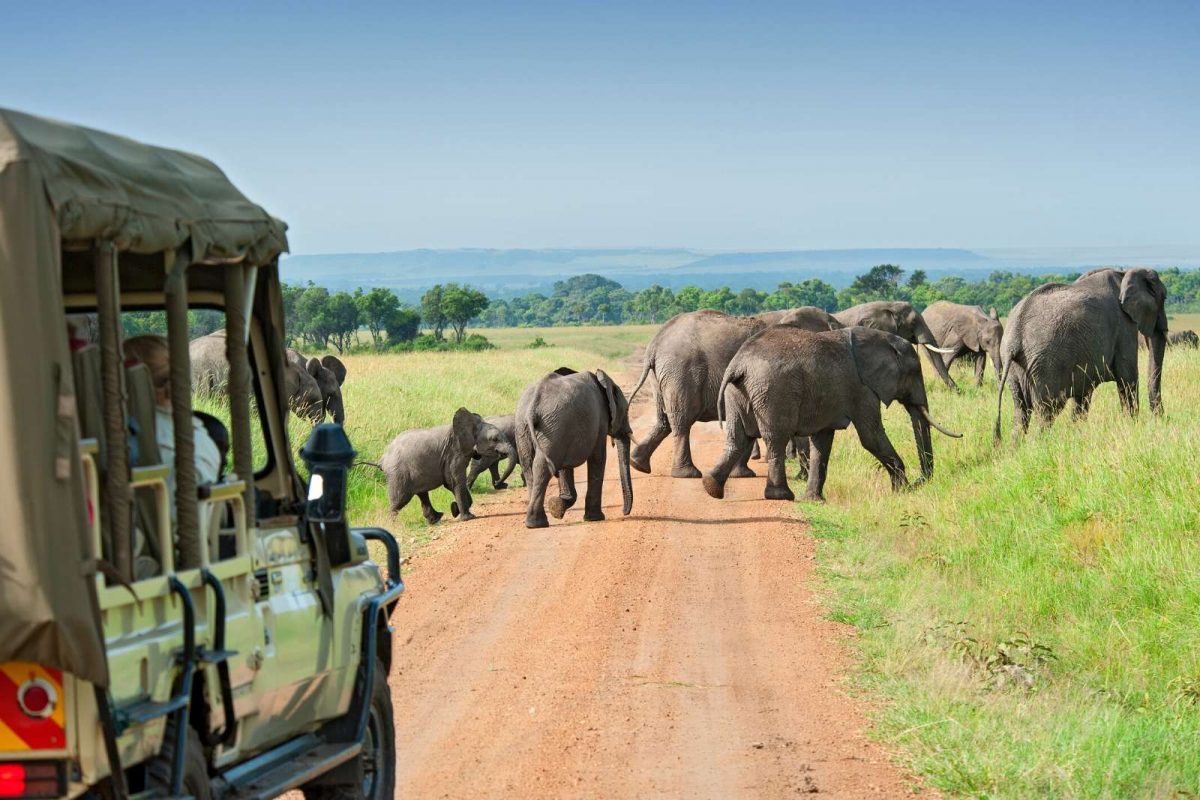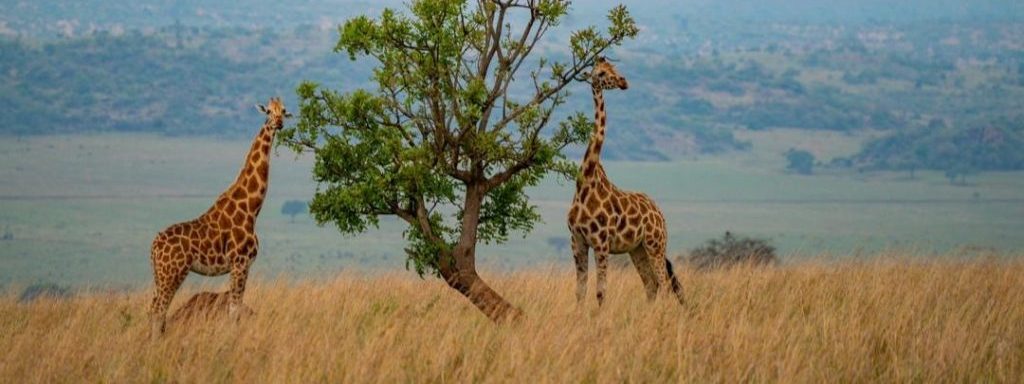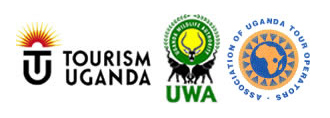
When to visit Queen Elizabeth national park
When to visit Queen Elizabeth national park
When to visit Queen Elizabeth national park : Queen Elizabeth National Park is the most popular savannah national park in Uganda and the most loved wildlife Uganda destination by tourists, this beautiful park is the best place to see several wildlife species including the tree climbing lions, elephants, leopards and antelopes among others.
Queen Elizabeth National Park is found in the western part of Uganda laying between Lake Gorge and Albert with the Kazinga Channel crossing through its 700 square miles land area.
The best time to visit Queen Elizabeth National Park depends on the safari activity you are interested in doing during your safari.
The best time to visit Queen Elizabeth National Park for wildlife viewing is from January to February and June to July which are dry seasons, also the wet season is a good time to the beauty of the park as the vegetation comes and is the best time for birding. Wet season in Queen Elizabeth National Park is from February to March and October to November, the rain peaks in April and October.
It should be noted that Queen Elizabeth National Park is open and can be visited all throughout the year.
Summary
- The best to visit Queen Elizabeth National park is January to February and June to September
- The high/peak season is from June to September, in this season many tourists visit Queen Elizabeth national Park and Uganda as well, also the rates for tour packages are high due to competition for accommodations.
- Best weather is in June to July and January to September due to less rainfall
- April, May and September to October are characterized with heavy rainfall showers and the routes in the park are impassable.
However, there are some reason to base on to determine which season is best to visit Queen Elizabeth National Park and the activities to do as detailed below.
Best time for wildlife viewing in Queen Elizabeth National Park
The best time for wildlife viewing in Queen Elizabeth National Park is from January to February and June to September, this period is a dry season and because of the scotching sun the vegetation cover gets thin making the viewing of the animals easy. Also since most of the water sources dry out, animals congregate at the remaining holes in huge numbers to drink water and in Queen Elizabeth National park, animals can easily be seen along the banks of the Kazinga Channel.
In the dry season, animals move freely in the short savannah grasslands, they be out of their hiding. Also tree climbing lions found in the Ishasha Sector are seen lounging up on the fig tree branches as they are running way from the hot ground, this is one of the reasons to why they climb trees.
Best time for chimpanzee tracking in Queen Elizabeth National Park
The best time to go chimpanzee trekking in Queen Elizabeth National Park is the dry seasons that is January to February and June to September, in these months the trails used when looking for chimpanzees are dry and passable. Also it provides great conditions to take pictures and videos. Also chimpanzees and other primates come from their hiding and they are easily seen playing on tree branches.
Best time for bird watching in Queen Elizabeth National Park
Queen Elizabeth National Park hosts a huge population of birds and the best time to visit this birder’s paradise is during late May to September, in this period migratory birds arrive in the park to join the resident species making it the best time to see them.
Cons of Visiting Queen Elizabeth National Park in dry season – High season (January – February and June – September)
Pros of visiting Queen Elizabeth National Park in High/Peak season (June, July, August and September)
- This is the best time to see animals in the park, this is facilitated by thin vegetation and the fact that most water sources dry out forcing animals to congregate in large numbers around the remaining water holes to drink water and bath.
- Expect no rain
- The trails used for game drives are totally dry and passable
- This season has clear skies thus better photography shots
Cons of visiting Queen Elizabeth National Park in Wet season – Low season (February to March and October to November)
- There are a lot of tourists in the park in this time of the year thus no being an ideal time of the year for tourists who are not fan of crowded places while on a Uganda safari
- There is high competition for accommodation facilities which in return makes the tour packages expensive.
Pros of visiting Queen Elizabeth National Park in Wet season – Low season (February to March and October to November)
- You can still see a lot of wildlife in the park such as hippos, elephants, cape buffaloes among others
- The scenery in the park is at its best, this magical scenery is created by the glowing pastures of the new grass and blooming of flowers
- There is a lot of birds in the park as migratory birds arrive to join the resident species.
- Accommodations rate are lower which makes it a perfect time for budget travelers to visit Queen Elizabeth National Park.
Cons of visiting Queen Elizabeth National Park in Wet season – Low season (February to March and October to November)
- Afternoons are filled with rains and thunderstorms
- Most lodges close leaving a few options for the visitors
- Trails and routes used during game drives and connecting to the park may get muddy and slippery, if you are intending to visit Queen Elizabeth National Park in the wet season, it is wise to use a 4X4 wheel vehicle.
- Seeing animals may be hard because the huge vegetation cover
How to get to Queen Elizabeth National Park
Queen Elizabeth National Park is located in western Uganda and can be reached by either road or air means of transport, by road the park is accessed on a 6 hours’ drive Via Masaka – Mbarara Road. By air the park is accessed by chartered/ domestic flights from Entebbe International Airport or Kajjansi Airfield to one of the airstrips serving the park such as Kasese Airstrip, Mweya Airstrip among others.
Where to stay in Queen Elizabeth National Park
Queen Elizabeth National Park has a variety of lodges, campsites, hotels and tented camps ranging from luxury, midrange and budget. These accommodations include
- Elephant Plains Lodge
- Mweya Safari Lodge
- Katara Lodge
- Kyambura Gorge Lodge
- Ishasha Wilderness Camp among others.







